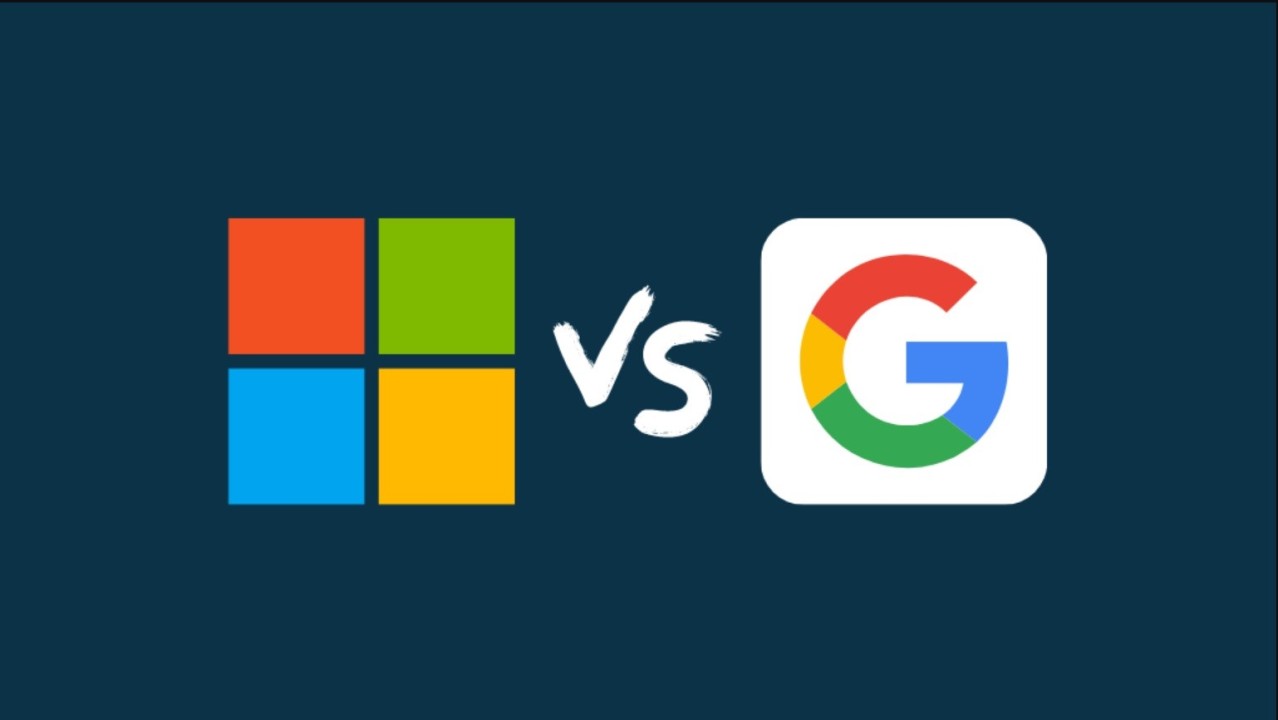Navigating the Spam Jungle: How Google’s Battle Against Gmail Spam Keeps Your Inbox Clean
The Importance of Preventing Gmail Spam
Spam emails can be a nuisance and a potential security threat to Gmail users. They can clutter up inboxes, making it difficult to find important emails, and they can also contain malicious links or attachments that can compromise the security of a user’s computer or personal information. Recognizing the importance of addressing this issue, Google has implemented several measures to prevent Gmail spam.
Machine Learning and Artificial Intelligence
One of the key ways that Google is combating Gmail spam is through the use of machine learning and artificial intelligence. By analyzing patterns and data from billions of emails, Google’s algorithms can identify and filter out spam emails, ensuring that they do not reach users’ inboxes. Machine learning allows these algorithms to continuously improve and adapt, staying one step ahead of spammers.
Enhanced Spam Filters
Google has also enhanced its spam filters to better identify and block spam emails. These filters use a combination of techniques, including keyword analysis, sender reputation, and email content analysis to determine if an email is spam. By constantly updating and refining these filters, Google can effectively reduce the number of spam emails that make it to users’ inboxes.
User Reporting and Feedback
User feedback plays a crucial role in Google’s efforts to combat Gmail spam. Gmail users can report spam emails directly to Google, providing valuable data that helps improve the spam filters. By analyzing the reported emails, Google can identify new spamming techniques and adapt its filters accordingly. Additionally, Google encourages users to mark emails as spam, which helps train the spam filters to better recognize and block similar emails in the future.
Sender Authentication
To further prevent Gmail spam, Google has implemented sender authentication measures. These measures, such as Domain-based Message Authentication, Reporting, and Conformance (DMARC) and Sender Policy Framework (SPF), verify the authenticity of the sender’s email address. By checking if the email is indeed coming from the claimed domain, Google can identify and block spoofed or forged emails, which are often used in spam campaigns.
Improved Phishing Detection
Phishing emails are a common form of spam that aims to trick users into revealing sensitive information, such as passwords or credit card details. Google has implemented advanced phishing detection algorithms that analyze the content and structure of emails to identify phishing attempts. These algorithms can detect suspicious links, email addresses, and other indicators of phishing, helping users avoid falling victim to these scams.
User Education and Awareness
Google recognizes the importance of user education and awareness in preventing Gmail spam. The company provides resources and information to help users identify and avoid spam emails. This includes educating users about common phishing techniques, advising them to be cautious when opening emails from unknown senders, and highlighting the importance of strong passwords and two-factor authentication.
Collaboration with Email Service Providers
Google actively collaborates with other email service providers to combat Gmail spam on a broader scale. By sharing information and best practices with industry partners, Google aims to create a safer email ecosystem for users across different platforms. This collaboration helps identify and address spamming techniques that may affect multiple email providers, ensuring a more comprehensive defense against spam.
Constant Monitoring and Adaptation
The fight against Gmail spam is an ongoing effort for Google. The company constantly monitors the email landscape for new spamming techniques and adapts its algorithms and filters accordingly. This continuous monitoring and adaptation allow Google to stay ahead of spammers and provide users with a reliable and secure email experience.
The Benefits of Google’s Anti-Spam Measures
Google’s efforts to combat Gmail spam have had several benefits for users. By effectively filtering out spam emails, users can enjoy a cleaner and more organized inbox, making it easier to find important messages. Additionally, the enhanced spam filters and phishing detection algorithms provide an extra layer of security, protecting users from potentially harmful emails. With these measures in place, Gmail users can have peace of mind knowing that Google is actively working to keep their inboxes safe and spam-free.
Conclusion
Gmail is a widely used email platform, and Google has taken significant steps to prevent Gmail spam. Through the use of machine learning, enhanced filters, sender authentication, user feedback, and collaboration with other email service providers, Google has made great strides in combating spam emails. These measures not only provide a cleaner and more secure email experience for users but also contribute to a safer email ecosystem as a whole. With Google’s ongoing efforts and dedication to user safety, Gmail users can continue to enjoy a spam-free inbox.




